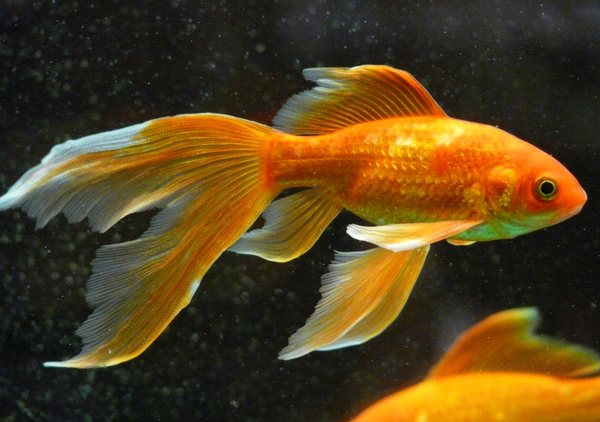Setting up your first aquarium is exciting but even with the best intentions, many new fish keepers run into the same avoidable pitfalls. Here’s a guide to help you sidestep the most common mistakes and set your tank (and fish!) up for long-term success.
1. Skipping the Nitrogen Cycle
One of the biggest mistakes beginners make is adding fish to a brand-new tank too soon. Aquariums need time to establish beneficial bacteria that convert toxic ammonia and nitrite into safer nitrate, a process known as the nitrogen cycle. Without it, fish can quickly become stressed or die. Read more about it here.
Avoid it: Before adding any fish, run your tank for at least a few weeks while adding some sort of nitrogen source, testing the water regularly. If you plan on doing a fish in cycle, you can add some fish 48-72 hours after the tank has been set up (longer if you used plant soil), but this is much more stressful on the fish. Use a liquid test kit to monitor ammonia, nitrite, and nitrate levels until the cycle completes. Patience here literally saves lives.
2. Overcrowding the Tank
It’s easy to fall in love with too many fish at once, but a crowded aquarium leads to poor water quality, aggression, and disease. It can also overload a new system and cause ammonia and nitrite spikes, which could lead to mass fish loss if the tank does not have sufficient nitrifying bacterial populations to deal with the extra waste.
Avoid it: Research each species’ adult size and space requirements. A good rule of thumb is one inch of fish per gallon for small community species, but remember that doesn’t apply to larger or more active fish. Always plan for their adult size, not the cute baby size you see at the store. Read more about the top 5 freshwater fish that grow way bigger than you think here.
3. Overfeeding
Fish are experts at begging for food, but overfeeding can lead to excess waste, cloudy water, and harmful ammonia spikes.
Avoid it: Feed small amounts once or twice a day, only what they can eat in 1–2 minutes. If food sinks and sits, you’re overdoing it unless you have some sort of bottom feeder that eats sinking food.
4. Ignoring Water Testing
Many new aquarists rely solely on how the water looks. But clear water doesn’t always mean healthy water. Ammonia and nitrite can be invisible killers. Excess nitrates can also cause algae blooms due to the nutrient overload, which can be unappealing to the eye and even make you want to restart your tank if the algae gets out of control. It is easier to prevent these issues than it is to deal with them once they start.
Avoid it: Invest in a reliable test kit and check your parameters weekly. Regular testing lets you catch issues before they harm your fish. We recommend the API Master Freshwater Test Kit.
5. Cleaning the Filter Incorrectly
A well-meaning scrub can actually wipe out the good bacteria that keep your tank balanced.
Avoid it: When cleaning your filter, rinse media gently in tank water (never tap water). Replace cartridges only when necessary, and never all at once, to ensure you have enough bacterial populations that stay in your tank. When possible, rinse any reusable filter sponges or cartridges in the removed tank water rather than under a tap.
6. Mixing Incompatible Fish
Not all fish get along. Some are territorial, others are fin-nippers, and some just need different water conditions.
Avoid it: Before buying any new fish, research compatibility and temperament. A little homework prevents a lot of drama (and torn fins). Our fish staff are also more than happy to help with picking the right fish based on compatibility.
7. Skipping Regular Maintenance
Even a well-cycled tank needs routine care. Neglecting water changes and gravel cleaning leads to nitrate buildup and the potential for algae blooms.
Avoid it: Change 20–30% of your tank water every week or two. Use a gravel vacuum to remove debris and keep things fresh.
8. Impulse Buys
That colorful fish at the store might look tempting, but impulse purchases often lead to incompatible tankmates or fish that outgrow your setup.
Avoid it: Always research before you buy. If you can’t name the fish or its needs, leave it for next time.
The Bottom Line
A thriving aquarium takes patience, research, and consistency. When done right, it’s not just decoration—it’s a living, peaceful ecosystem that rewards you daily. Avoiding these beginner mistakes will help your fish stay healthy, your water stay clear, and your aquarium become the relaxing oasis you imagined from the start.




